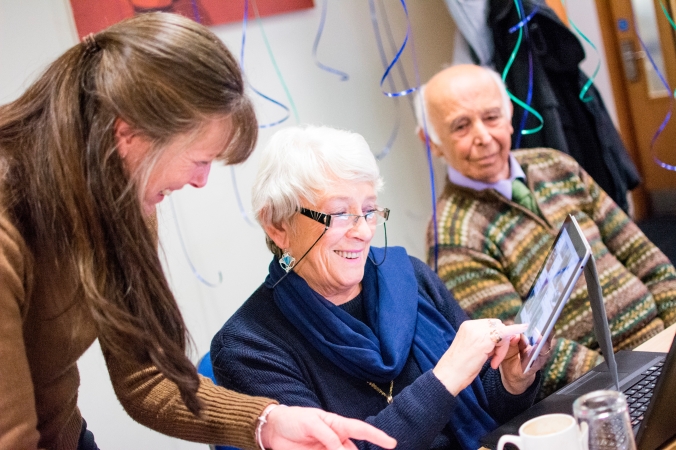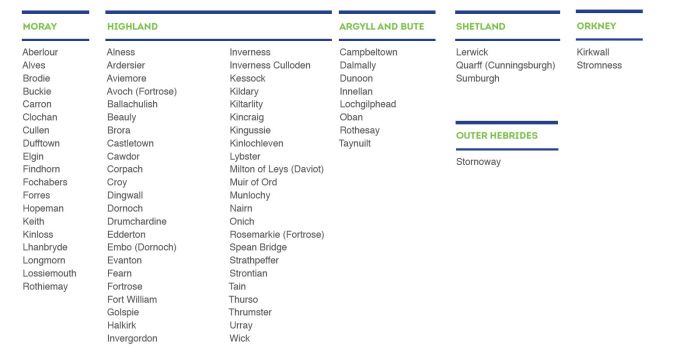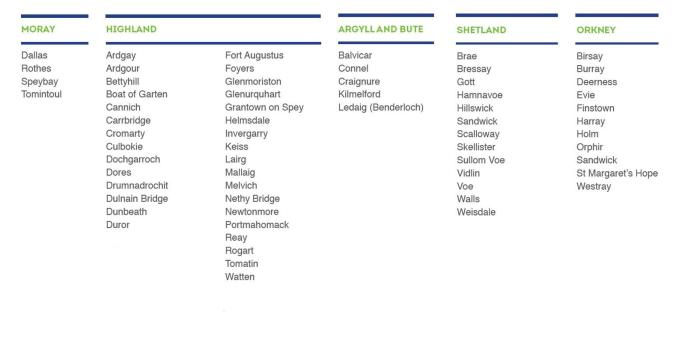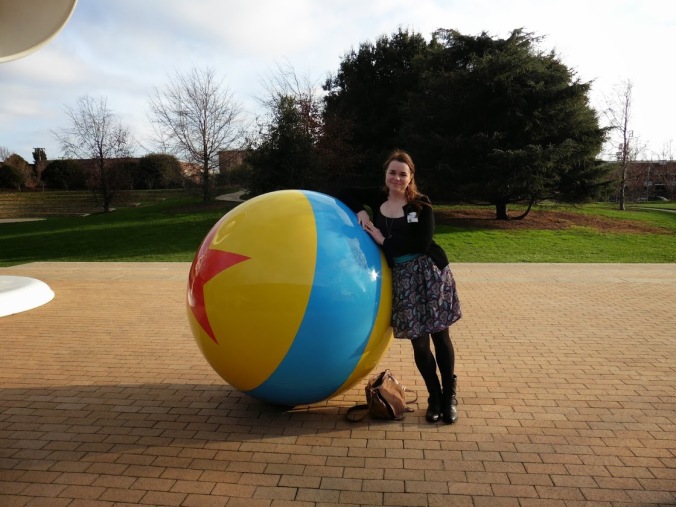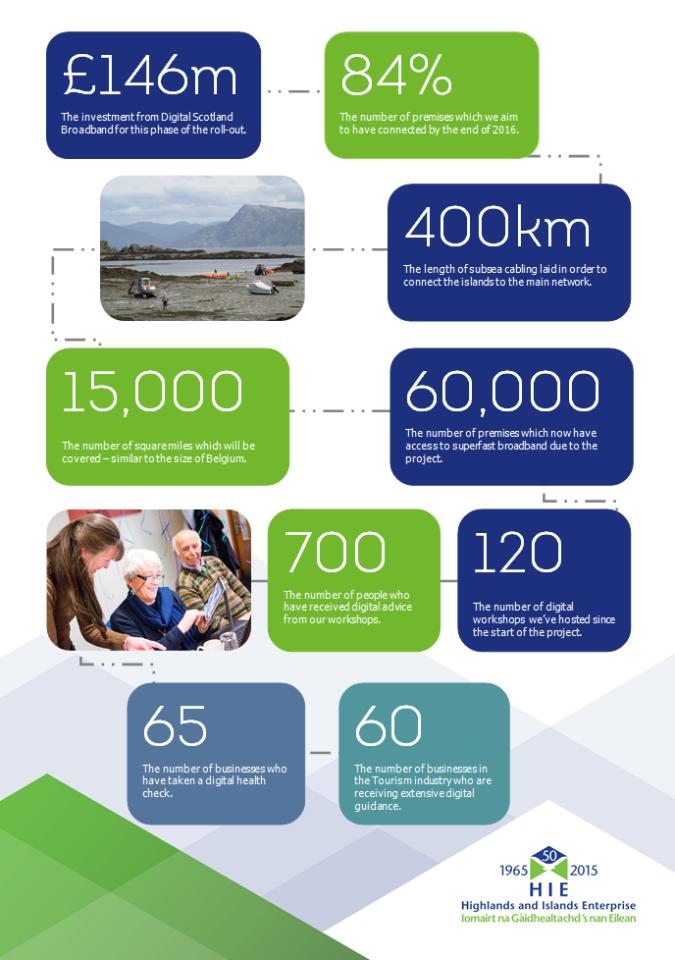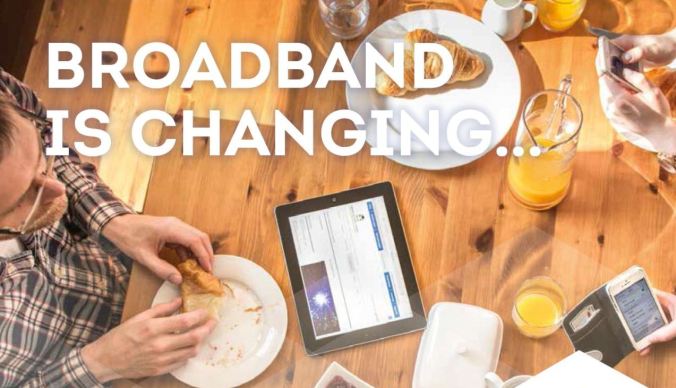George is a graduate working in Inverness. An avid gamer in his free time, George used to experience poor connection problems in his house but thanks to some affordable, easy-to-install hardware, George is now able to enjoy a faster, more reliable connection. Here, he shares his tips on how to avoid connection frustration!
One of the main reasons why your internet connection keeps dropping out is because of the actual structure of the building. Wi-Fi works by your device (such as a computer or tablet etc.) and your internet router being able to connect with each other and transfer data. If both can connect, this means that your device should have access to the internet. However, in some houses your device may experience difficulties in receiving signals from your router or vice versa. This could be due to the fact that your router is not in the best location, your device’s network card isn’t good enough to pick up and keep the signal, or most commonly, it could be as simple as the walls being too thick in your house. In this case, the signal may not be able to pass through and reach your device.
Luckily, there are quite a few items of handy hardware available to help fix this problem which could give you a more stable internet connection
- Power Line Adapters
This is a device that connects your computer or laptop to your router through the power lines in your house. This adapter is just like a normal plug but at the top there is a port to connect an Ethernet cable (which will probably come with the set) and you connect the Ethernet cable from the adapter into the router and then plugging it near your router. Then, you plug the second adapter into a plug point near your computer and it works the same as the first half with the Ethernet cable going into your computer this time. With the connection finished, this effectively creates a massive Ethernet cable giving you a constant and secure connection without having to have cables visibly snake their way through your house, whilst being able to enjoy the same level of connection as if your computer is connected directly to the router. Power line adapters are best used for devices in your home that don’t tend to move around such as games consoles, computers, TVs etc.

- Wi-Fi Adapters
These work very much like the power line adapters, except your devices can wirelessly connect to it. You plug the first adapter into a plug socket near the router and attach the Ethernet cable from the adapter to the router. Then, you wirelessly connect the second adapter to your router (there will be instructions to on how to do this) and place it in a room that struggles to get a good Wi-Fi signal. Once set up, this should provide the room with a stronger, more consistent signal. It can take a few days for the router and the adapter to settle down and communicate properly but this usually sorts itself out after they have configured themselves. Wi-Fi adapters are best for your portable devices, such as tablets.
These two solutions are cheap and easy ways to boost the quality of your internet connection. A good Power line adapter usually comes in at around £30-35 and you’re looking at around £40 for the Wi-Fi adapter. Both of these are easy to set up and can help fix the main problems you may be experiencing with your internet connection.
If you want to find where you can purchase these products, a simple Google search will help you find what you’re looking for.
Happy Browsing!
